I've been trying to understand what is the real use of this argument. In the qcc documentation it writes "the maximum value of a run before to signal a point as out of control" but that concept really confuses me. I have notice that default value is 7 and when i increase that value the violating points diminish, and in the other way, when i use a value as 1 for example all points transform in violations. Here is the code I'm writing with its respective Range control chart:
library("qcc")
attach(Schart1)
datapch<-data.frame(Replica_1,Replica_2,Replica_3,Replica_4,Replica_5)
head(datapch)
#-------------------------------------------#
#Pruebas para la función qcc.options#
#-------------------------------------------#
qcc.options()
qcc.options(se.R.unscaled=c())
qcc.options(bg.figure="yellow", bg.margin="yellow")
qcc.options(cex.stats=c(1),font.stats=2)
qcc.options("violating.runs" = list(pch = 16, col = "purple",bg="purple"))
qcc.options("beyond.limits" = list(pch = 25, col = "red"))
qcc.options(cex=0.9)
qcc.options(run.length=7)
pitch<-qcc(datapch,type enter code here= "xbar")
qcc(datapch,type = "R")
qcc.options(old)



